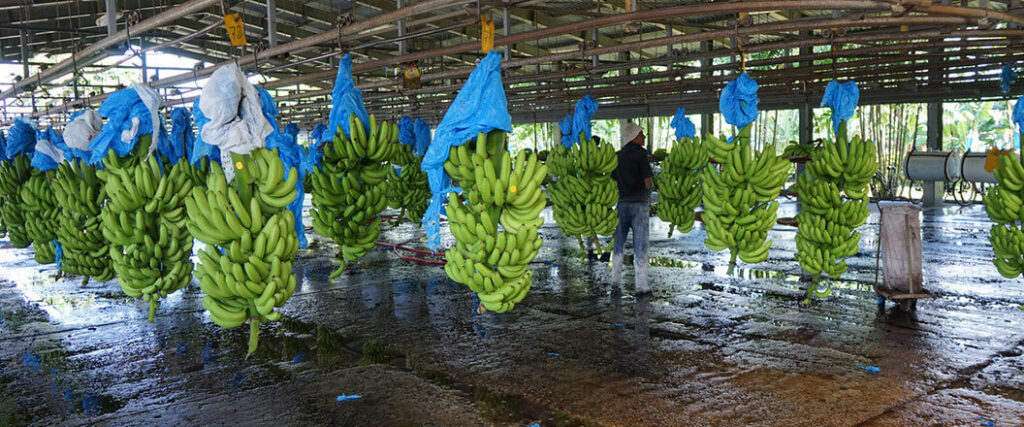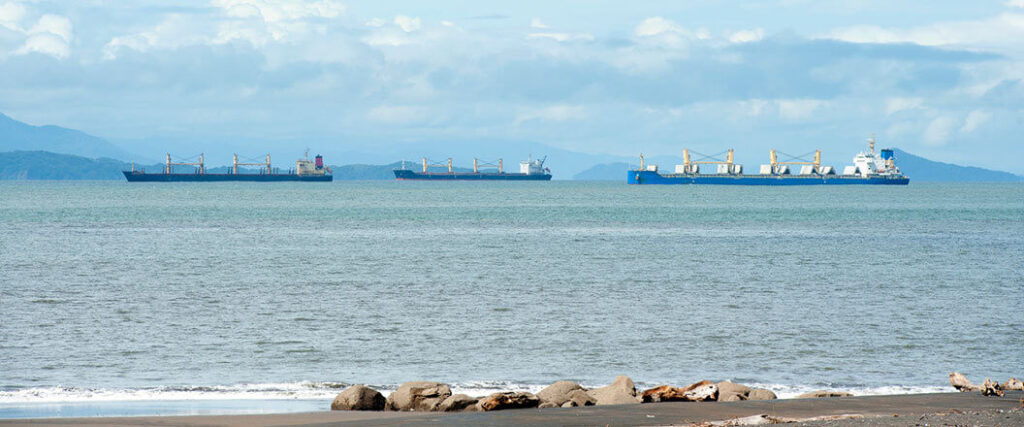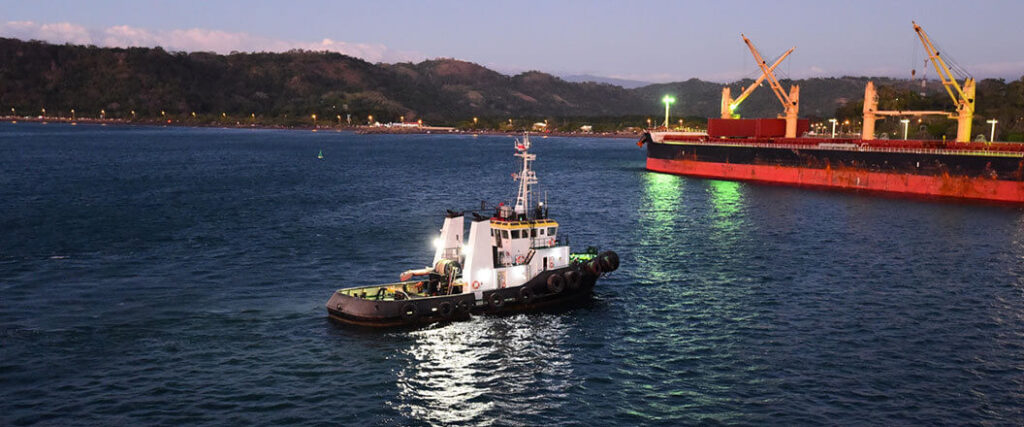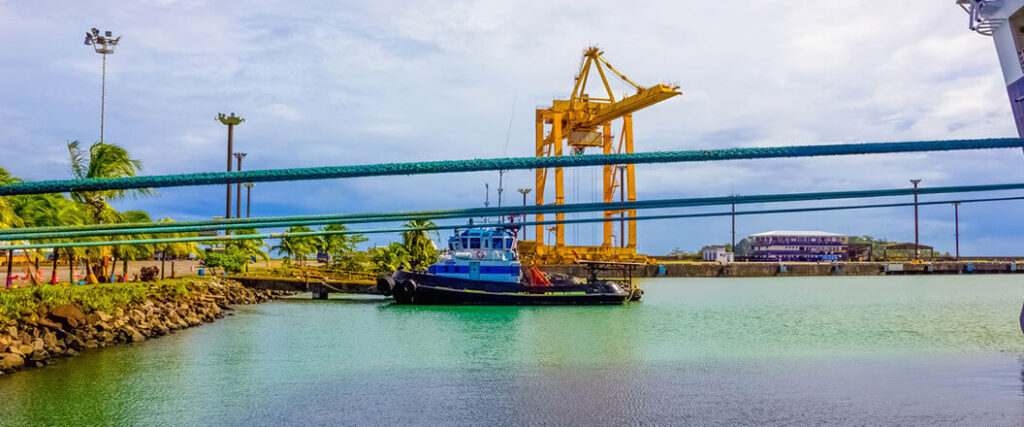Exporting to Costa Rica can be a lengthy process. There are many rules and regulations that exporters will have to familiarize themselves with before sending goods to this Central American country. That said, there are many economic benefits to doing business with Costa Rica.
According to the International Trade Administration (ITA), there are many market opportunities in Costa Rica due to its proximity to the U.S. and consistent trade history. U.S. exporters need Costa Rican documents to send with their shipments. Costa Rican customs authorities also require special marks/labels to accompany goods.
Exporting to Costa Rica can be challenging, but with our help, you’ll be able to send commodities there without issue.

The trade relationship between the U.S. and Costa Rica is extremely positive. As Costa Rica’s largest trading partner, U.S. goods and services account for 38 percent of the country’s total imports. This Central American country imports a large variety of goods as well.
| Product | Amount Imported |
| Refined Petroleum | $915 Million |
| Broadcasting Equipment | $551 Million |
| Medical Instruments | $424 Million |
| Packaged Medications | $340 Million |
| Cars | $323 Million |
Provided by OEC world
In 2020, Costa Rica obtained $5.46 billion of their imports from U.S. suppliers. The United States also obtains a fair share of goods from Costa Rica, many of them being agricultural products.
Some of them include:
Lastly, the U.S. currently has a program called the U.S. Strategy for Engagement in Central America. Launched in 2015, this program has established partnerships that will help the Costa Rican economy as well as other Central American countries.
All of these factors have helped foster a positive trade and business relationship between the U.S. and Costa Rica. Exporters from various industries in the U.S. will find welcoming consumers in this Central American country.
Both the United States and Costa Rica are part of a trade agreement called the U.S.-Central America-Dominican Republic Free Trade Agreement (CAFTA-DR). This agreement has been beneficial to U.S. exporters and Costa Rican importers alike.
One reason for this is that CAFTA-DR eliminated many of the customs duties and other fees for a variety of different products when it was implemented. This free trade agreement (FTA) also provides progressive tariff elimination for certain products. Tariff elimination is carried out in accordance with different schedules.
They spaced these schedules out by year:
The tariff elimination schedule varies based on the commodity being sent to Costa Rica. Many of the products that CAFTA-DR eliminates tariffs for are agricultural goods.
They include:
These are just a few of the products affected by CAFTA-DR, but other consumer and industrial exports are affected by tariff elimination as well. Thanks to eliminated or reduced rates, Costa Rican importers will save money when importing goods impacted by the FTA. Exporters in the U.S. benefit because buyers in Costa Rica will have better market access to their products.
If you need to export to Mexico or Canada, then check out our article on the benefits of USMCA. This FTA is extremely useful for U.S. exporters and foreign importers.

Most goods and services that are exported to Costa Rica will enter the country without interference from significant trade barriers, such as tariffs. That said, there are other non-tariff trade barriers that can prevent U.S. exporters from conducting foreign trade with Costa Rica.
Some of these non-tariff trade barriers include:
The Costa Rican Ministry of Agriculture and Livestock has extremely strict regulations regarding phytosanitary and sanitary controls. There have been some occasions where the ministry has even closed off the market to certain U.S. goods.
Registering pharmaceutical and cosmetic exports is also a problem that U.S. exporters will have to deal with because the process takes an extremely long time. Based on the class of product and its usage, it may take six months for the product to be registered.
Another product that can be difficult for U.S. exporters to register with the Costa Rican government is dietary supplements. The Costa Rican government regulates dietary supplements the same way they regulate pharmaceutical drugs.
Therefore, U.S. exporters will need to obtain the correct certification and product analysis for their dietary supplements to be sold in Costa Rica.
Our article on exporting to Brazil will be helpful if you want to send goods to South America. Brazil has good trade relations with the U.S. and there are many opportunities for exporters.
Having the correct documentation when exporting to Costa Rica is essential. Most of the documents that exporters need are commonplace. However, there are specific types of documentation required by Costa Rican customs authorities.
Compared to other countries, Costa Rican customs authorities don’t require an extensive amount of basic documentation for exports entering the country.
Costa Rican customs authorities only require the following documents:
An exporter who sends their goods to Costa Rica using international air shipping will need to use an airway bill in place of a BOL. These documents will be required for every shipment sent to Costa Rica, regardless of the commodity.
The Ministry of Health oversees the regulations on various goods that can impact the health of people using or consuming them. Therefore, it requires Costa Rican importers to have import permits for any goods they regulate.
Products regulated by the Ministry of Health include:
U.S. exporters can help their Costa Rican import partner obtain this permit by providing them with the following:
The registration process for goods regulated by the Ministry of Health can take a while. Fortunately, the Ministry is working with the Costa Rican the government office, Gobierno Digital, to solve this problem. Gobierno Digital is in charge of managing the electronic systems used for government purchases.
Exporters in the U.S. can now use a new platform called Registrelo to register the commodities they want to export. Nonetheless, exporters should be prepared for a long registration process.
As surprising as it might sound, arms and munitions can be exported to Costa Rica. That said, exporters will need to obtain a license from the Department for the Control of Weapons and Explosives to do so. This department is part of the Ministry of Public Security.
Costa Rica has very strict laws regarding their citizens owning weapons. Therefore, exporting these weapons and explosives will require this license to show that these items are entering the country legally and are coming from a reputable supplier.
Costa Rica’s Ministry of Agriculture and Livestock (MAG) has unique documentation requirements of their own. The type of documents required by Costa Rican customs authorities will differ based on the agricultural products being exported to the country.
That said, there are five specific documents that exporters should expect to use when sending agricultural shipments to Costa Rica:
An AMS export certificate is required for dairy products while the NOAA export certificate is for seafood exports. Phytosnaitary and sanitary certificates are needed for a variety of different commodities.
The following agricultural products need Phytosanitary certificates:
Sanitary certificates are needed for these agricultural goods:
Certificates of Free Sale are required by Costa Rica's Ministry of Health. This document states that goods being brought into the country are safe enough for consumption. Certain types of agricultural products will need this certificate while others can be exported without it.
According to the U.S. Department of Agriculture (USDA), goods that will need a Certificate of Free Sale include:
In addition to filling out all applicable documentation, U.S. exporters will need to provide proof that they have reviewed all export controls regarding their agricultural goods.
Agricultural commodities that require proof of export control review include::
After completing all required documentation, U.S. agricultural exporters will have what they need to export their goods.

Costa Rica doesn’t have general marking and labeling requirements that all exported shipments must have. However, certain products will need special labels and marks to make it into Costa Rica successfully.
One type of product that Costa Rican customs authorities require is for food products. Costa Rica’s requirements marks and labels for food commodities are in line with the internationally accepted standards of Codex Alimentarius.
Labels for food products exported to Costa Rica must be in Spanish and include the following information:
Essentially, marks and labels for these items will reveal important information about them, such as what the products are made of and certain hazards that come with using and transporting them.
Before sending your goods to Costa Rica or any other country, you should first become familiar with export control basics.
There are certain commodities that are restricted or prohibited by Costa Rica’s government. Fortunately, the amount of goods that are prohibited or restricted is quite small.
Costa Rica’s government prohibits commodities that can pose a danger to:
One prohibited commodity is tires without rims. Rimless tires can carry mosquitoes and larva with yellow fever in them. They can also be a source of dengue fever.
Other types of prohibited and restricted exports include:
Prohibited items must not be sent under any circumstances. If an exporter wants to send a restricted item to Costa Rica, they will need to follow the applicable regulations that apply to them.
Our article on how to find a Schedule B number has useful information that you’ll need when sending your goods to another country.

Once a U.S. exporter has fulfilled all of Costa Rica’s export regulations, they can begin focusing on which port they want to send their goods. The preferred port will vary based on where the buyer is located in Costa Rica, and the location of the U.S. exporter.
That said, there are plenty of three main ports located in Costa Rica that will have the infrastructure needed to handle any freight an exporter might send.
The Port of Caldera is one of the busiest ports in Costa Rica. Located on the western part of Costa Rica, this port receives most of the Pacific freight. Around 200 ships carrying 2,180,630 tons transport freight to this port every year.
Another factor that makes the Port of Caldera extremely impressive is its various facilities that can handle:
If an exporter’s customer is located in Costa Rica’s capital of San Jose, then sending goods to the Port of Caldera is a great option. The Port of Caldera is only two hours away from the capital, so buyers in San Jose or nearby will receive their shipment rather quickly.
The Port of Limon is another port in Costa Rica that takes in and processes a large amount of freight. Officially called the Hernon Garron Salazar Terminal, this port is located on the northeastern part of the country and receives freight traveling on the Caribbean Sea.
One benefit of the Port of Limon is that it’s strategically positioned near the:
In addition to being located near these places, there is also a free trade zone adjacent to the Port of Limon. Thanks to its different facilities and infrastructure, this port is able to receive much of the same types of freight the Port of Caldera can offer. Cruise ships come through as well.
While the Port of Limon receives various imports, the most popular of them are:
The amount of freight the Port of Limon handles on an annual basis is quite large. Around 2,490 vessels will pass through this location carrying 9,930,000 tons of cargo and 200,000 passengers.
The Port of Moin is another location where exports will make entrance into Costa Rica. This port is located just north of the Port of Limon. Moin has a container terminal, allowing it to handle most general types of cargo. This container terminal processes 1.2 million TEUs of freight annually. Along with a container terminal, the Port of Moin has an oil refinery in operation.
If a U.S. exporter is shipping from the southern coast of the U.S. then the Port of Limon and Moin makes a great destination. The infrastructure and facilities at these locations will be able to handle just about any type of freight that it receives.
One popular commodity that many countries have a demand for is fruit. Check out our article on exporting fruit so you’ll know what to do when sending this valuable product.
Cargo Exports USA can be your partner when you need to export to Costa Rica. We have an experienced staff that can provide you with a variety of services that will help you send your exports to Costa Rica Successfully.
Some of these services include:
Another service that you’ll find useful is the consulting sessions we offer. During one of these sessions, you’ll be able to have a conversation with one of our experts and determine what your responsibilities will be when exporting.
If you’re ready to export your goods to Costa Rica or any other country, then contact us below or call our team at (866) 941-8081 for more help.